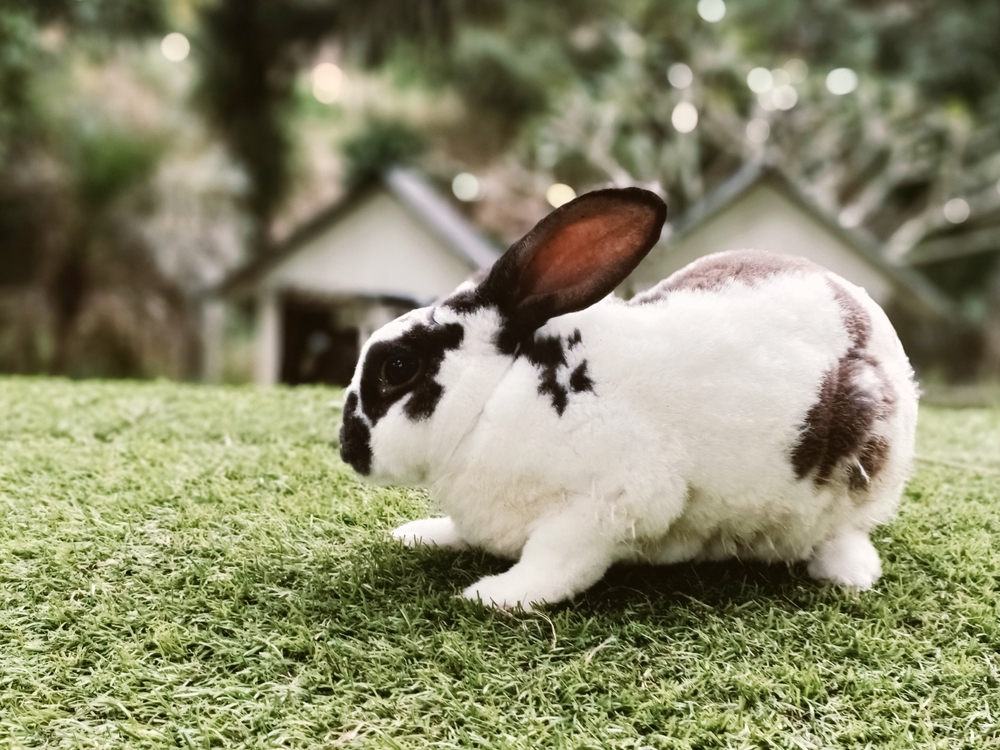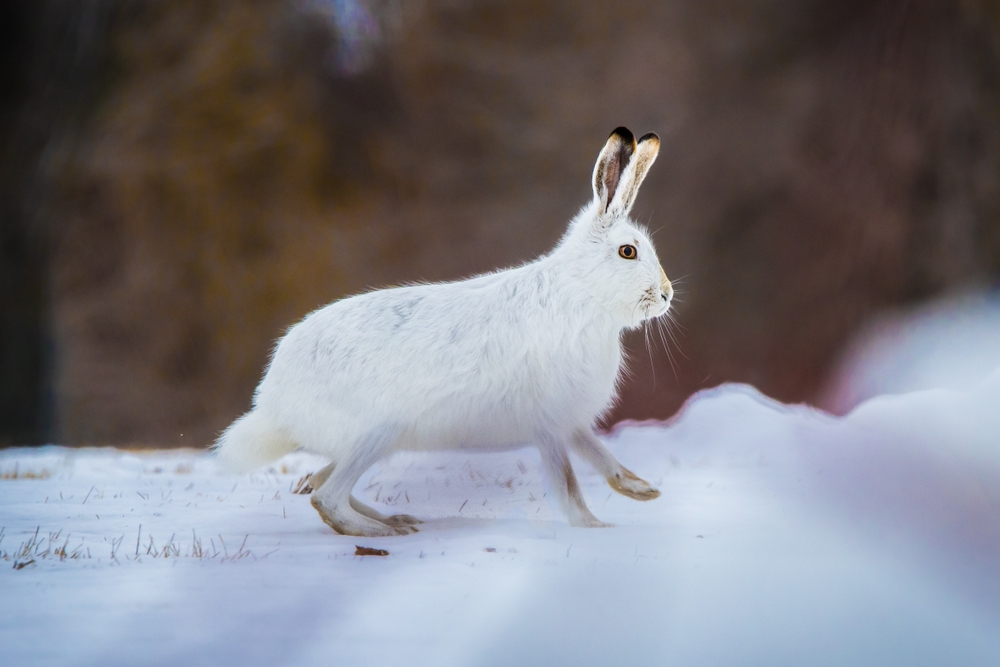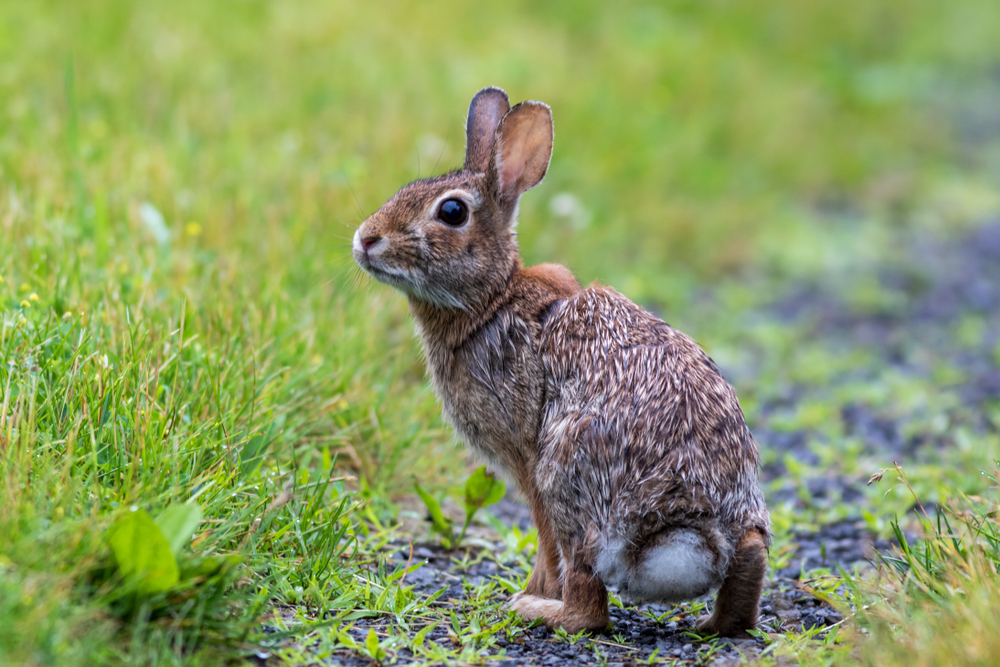About
#Mammals
The Giant Checkered rabbit, also known as the Checkered Giant, is one of the largest domestic rabbit breeds in the world. It belongs to the Leporidae family and was developed in Europe through selective breeding of large rabbits, including the Flemish Giant and French Lop. Known for its distinctive coat pattern and commanding size, the Checkered Giant is a show favorite and a symbol of elegance in the rabbit breeding community.
Adult Checkered Giants typically weigh between 5.4–6.8 kilograms (12–15 pounds), though some individuals may exceed that. They have long, powerful legs, a broad head, and an arched body that shows off their athletic build. Their striking fur is short, dense, and marked with a bold black or blue butterfly pattern across the nose, black rings around the eyes, a stripe down the spine, and dark spots along their sides—all against a clean white background.
While their size may suggest a docile demeanor, Checkered Giants are known for their energetic, curious, and independent personalities. They require plenty of space to move and exercise, making them better suited for experienced rabbit keepers who can provide room and interaction. Though not bred primarily for meat or wool, they are valued for exhibition and companionship.
Unlike wild rabbits, Checkered Giants rely entirely on human care and do not exist in the wild. Their diet includes hay, leafy greens, and a balanced ration of pellets. Grooming needs are modest due to their short coat, but regular handling helps build trust.
Intelligent, eye-catching, and full of personality, the Giant Checkered rabbit is a standout among domestic breeds.
Threatened:
Extinct
Critically Endangered
Endangered
Vulnerable
Near Threatened
Least Concern





































































